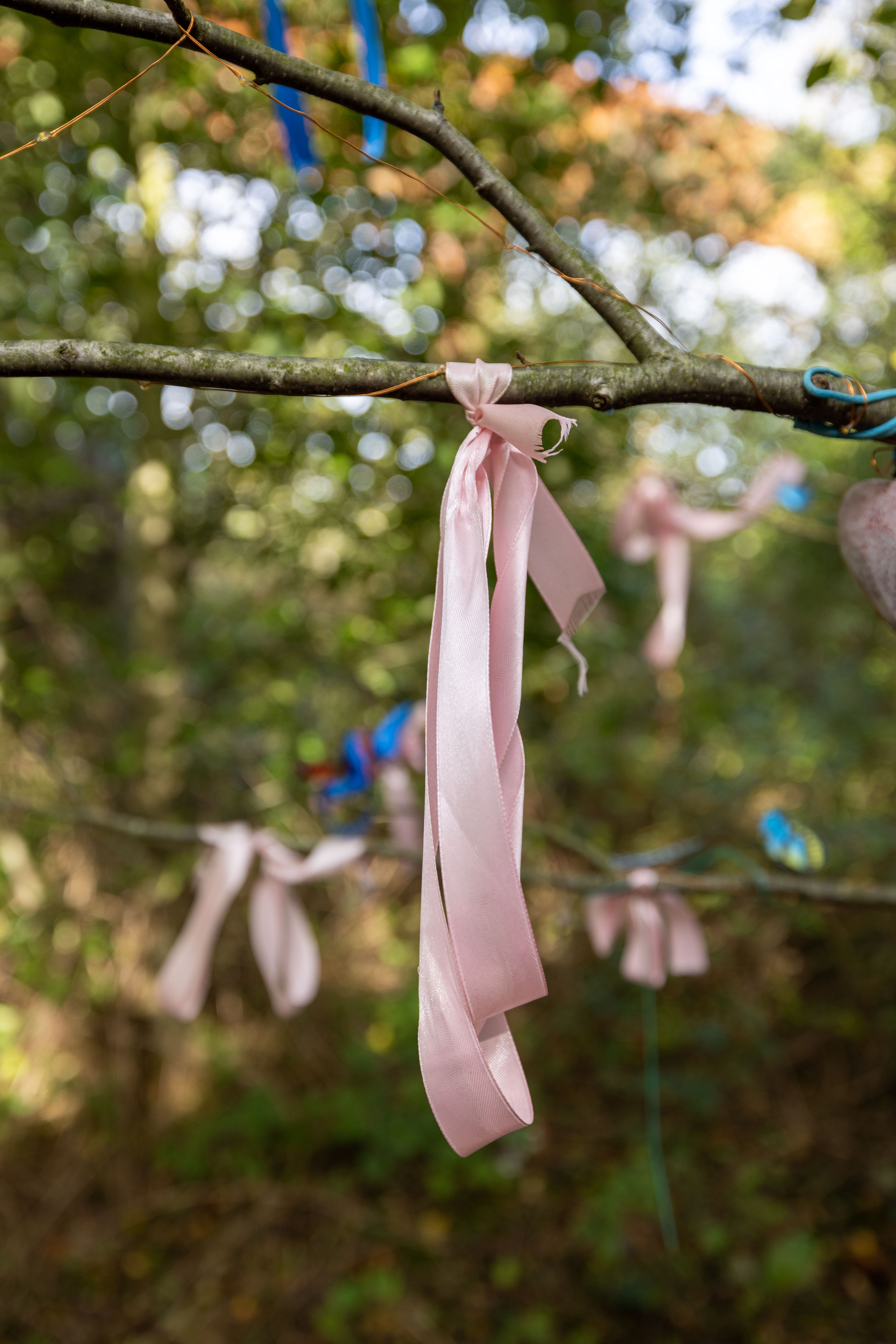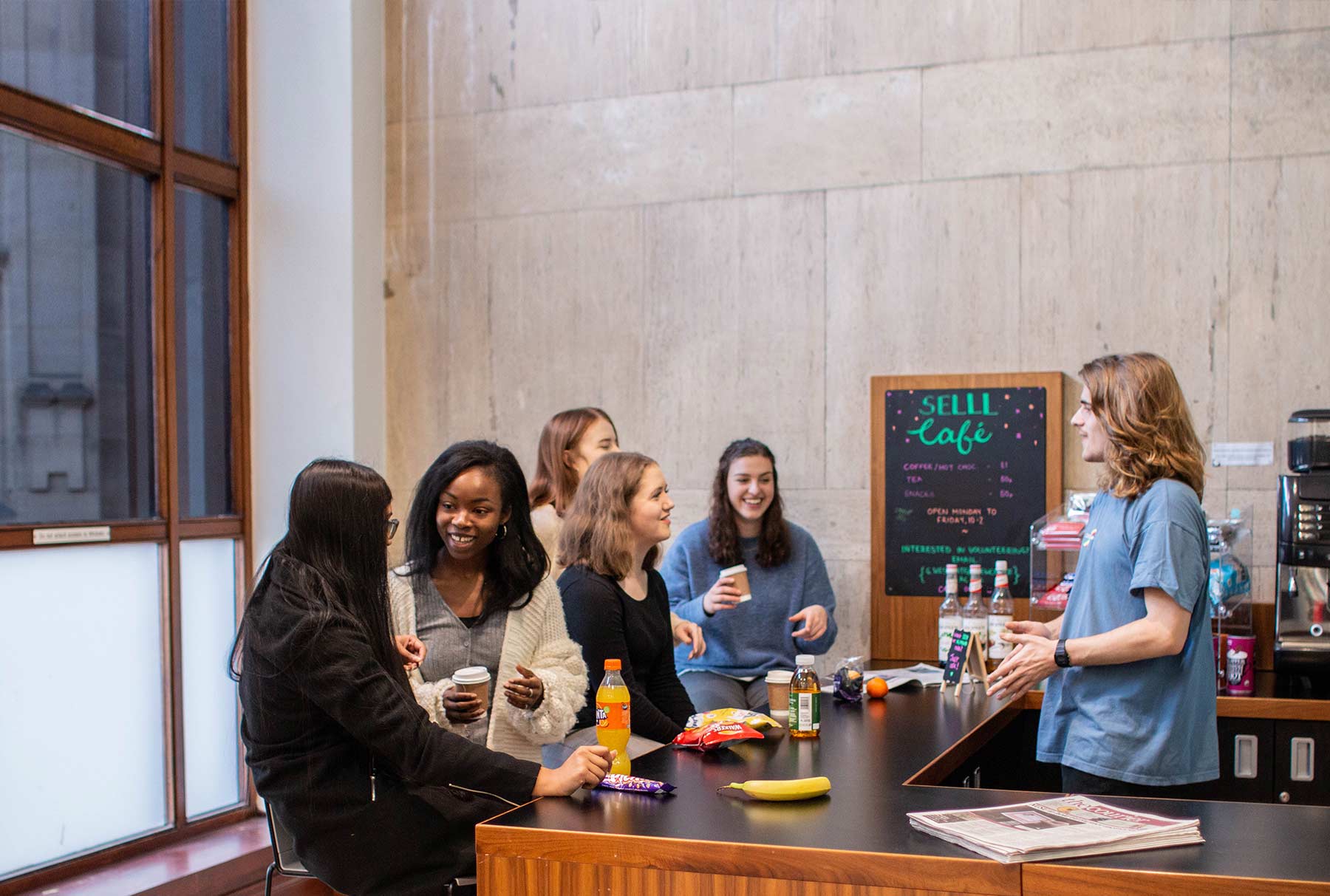Why has the Angel of the North become a place of memorial?
Professor of Modern and Contemporary Literature, Anne Whitehead, wants to find out more about why the Angel of The North holds so much emotional value for people.
9 November 2023
Why has the Angel of the North become a place of memorial?
The Angel of the North is one of the country’s most iconic symbols and is synonymous with the North East.
Tokens of remembrance
But below the sculpture’s impressive 54 feet wingspan, part of the site it stands on has taken on a new meaning as people pay their respects to loved ones.
Visitors to the site have been leaving tokens of remembrance, such as toys, cards, and personal messages, in a wooded area near Antony Gormley’s artwork, which was installed in Gateshead in 1998.
Now, a Newcastle University academic wants to find out more about why this area holds so much emotional value for people and why they have chosen it to remember their loved ones.
“As a Gateshead resident, I have regularly visited the site,” said Professor Anne Whitehead, who researches how we tell stories of grief and loss.
“I’d noticed over the years that in some trees near the Angel, people had left tokens of remembrance. I was moved by these memorials and I’ve been increasingly fascinated with them. I would like to create a sound work that records what this place means to the people who leave memorial objects and messages there.”
Recording the memorial
Professor Whitehead is now appealing for anyone who has left an item at the site at any time to speak to her. She is working with sound recordist David de la Haye, who plans to record the memorial across the seasons of the year, as well as the sound of the Angel of the North itself. These recordings will be combined with interviews to create a short work that will play in the Arches Sound Project at Newcastle University in July 2024. All participants in the project will be invited to a launch event.
"I am excited to explore the resonance of the Angel, both physically and emotionally, at this special location” says David.
The project is funded by the Catherine Cookson Foundation.

